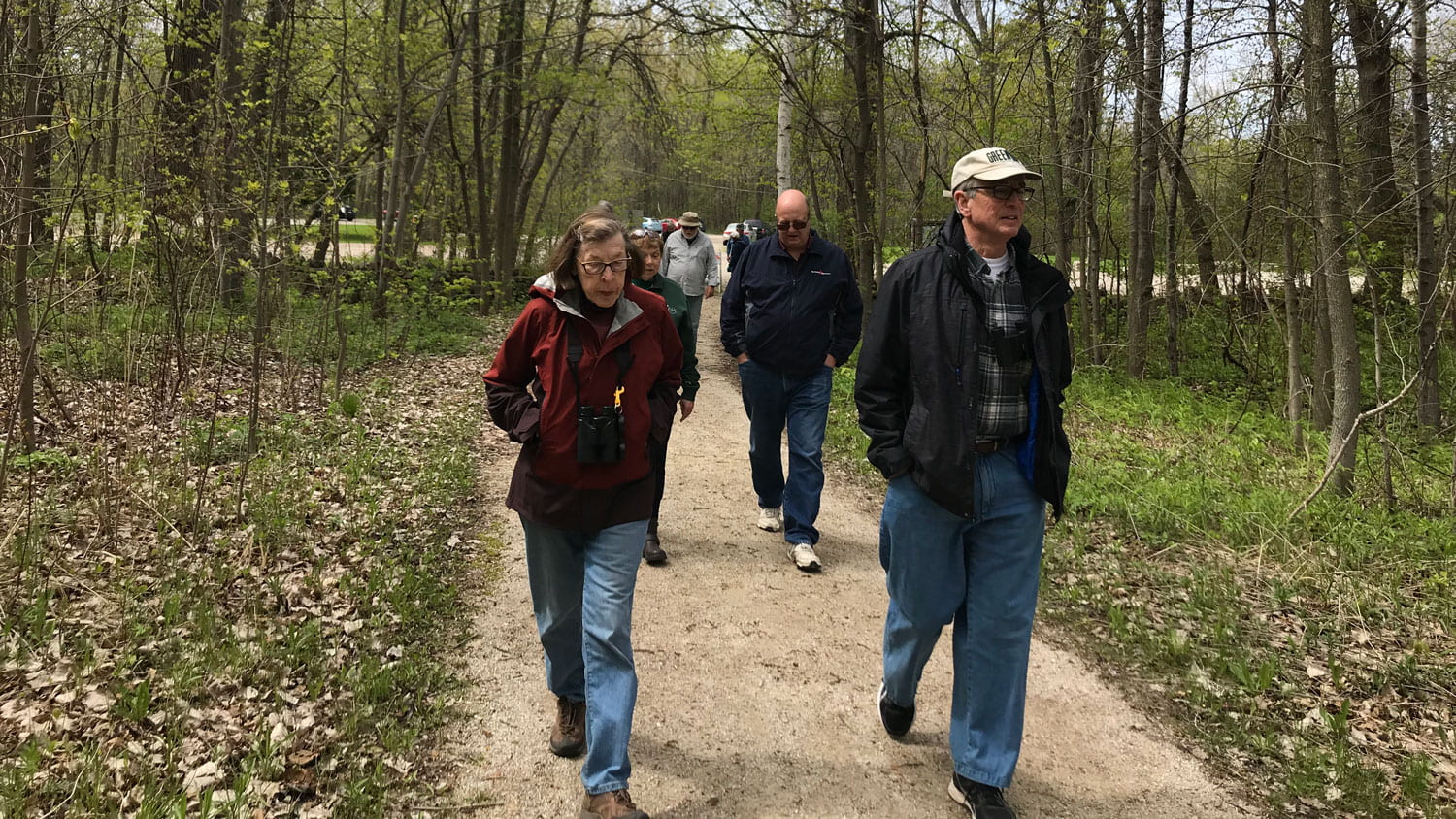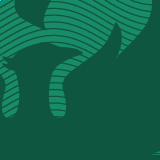Researchers investigate the impact of water birds on Green Bay | Wisconsin Sea Grant
When Amy Wolf and Bob Howe with the University of Wisconsin-Green Bay bring new research partners or students out to the restored Cat Island chain in lower Green Bay on Lake Michigan, their reactions are memorable. “To see people’s expressions when they enter the midst of thousands of loud, often smelly and sometimes defecating birds is pretty amazing and gratifying,” said Wolf, biology professor with the Department of Natural and Applied Sciences.
This avian abundance is relatively new, made possible by habitat restoration projects in the bay coupled with pollution remediation and control. For instance, the number of American white pelicans nesting has increased from about 250 in 2005 (State of the Bay report), to more than 3,000 now. Wolf and Howe are coordinating a small army of students and government agency researchers to count and observe the behavior of birds that eat fish (piscivorous birds) in the lower Green Bay area around Cat Island, an area that Howe likens to the “Serengeti of Lake Michigan” due to the sheer abundance of wildlife. With two years of funding through Wisconsin Sea Grant, they are working to gain basic information about populations of pelicans, cormorants, terns, egrets, herons and gulls in the lower bay, including information about what the birds eat and where they spend their time.
Source: Researchers investigate the impact of water birds on Green Bay | Wisconsin Sea Grant






